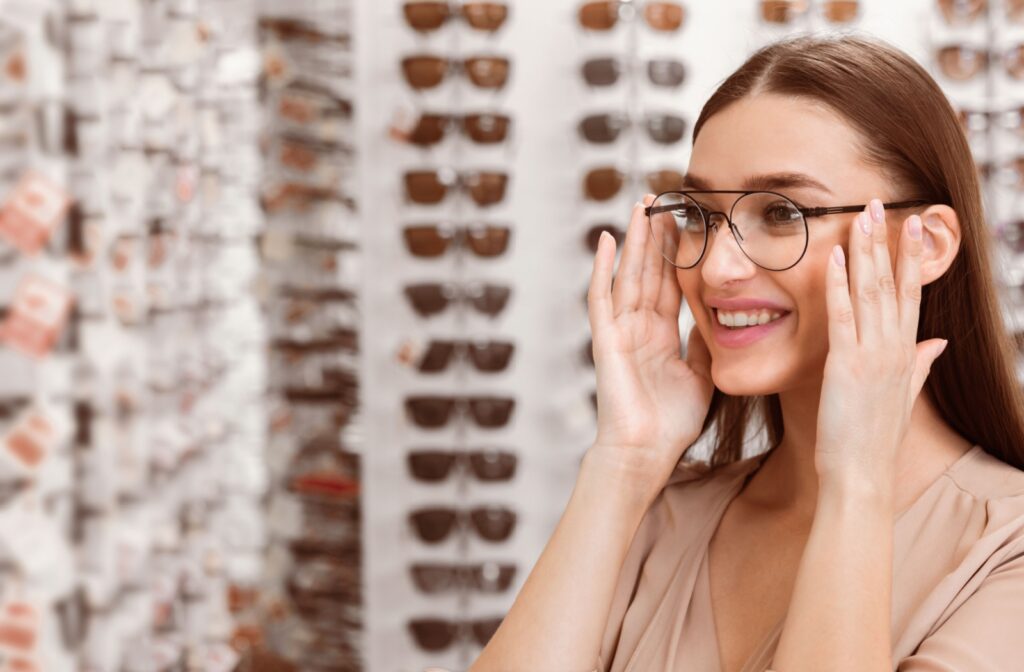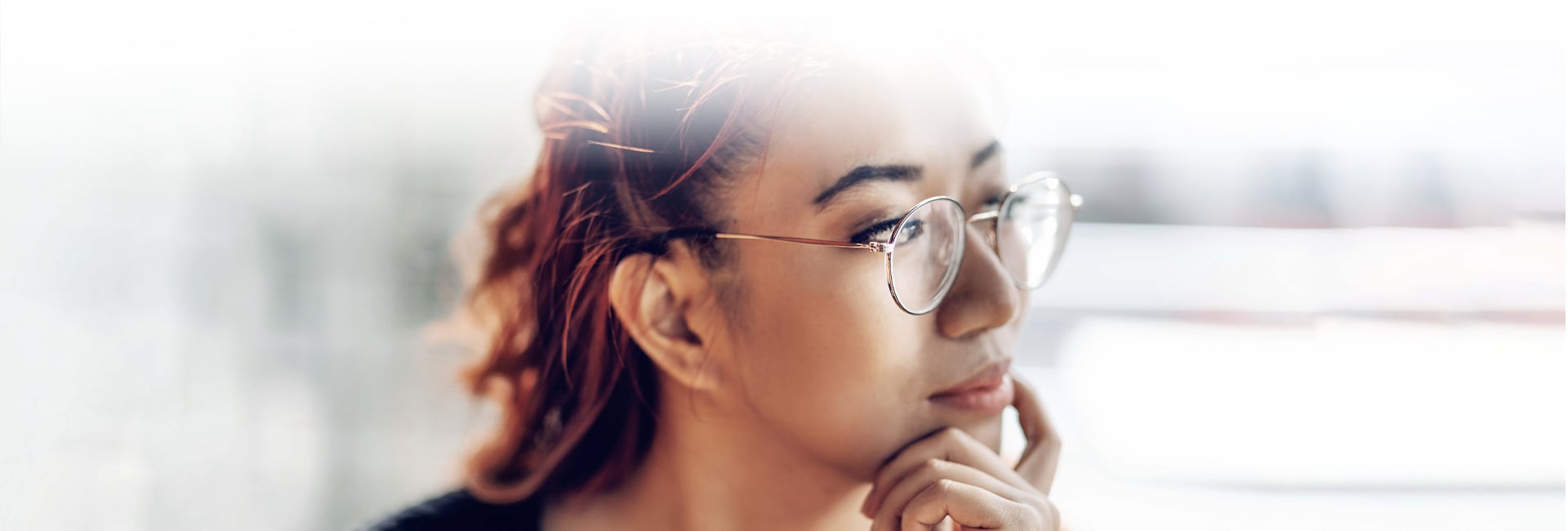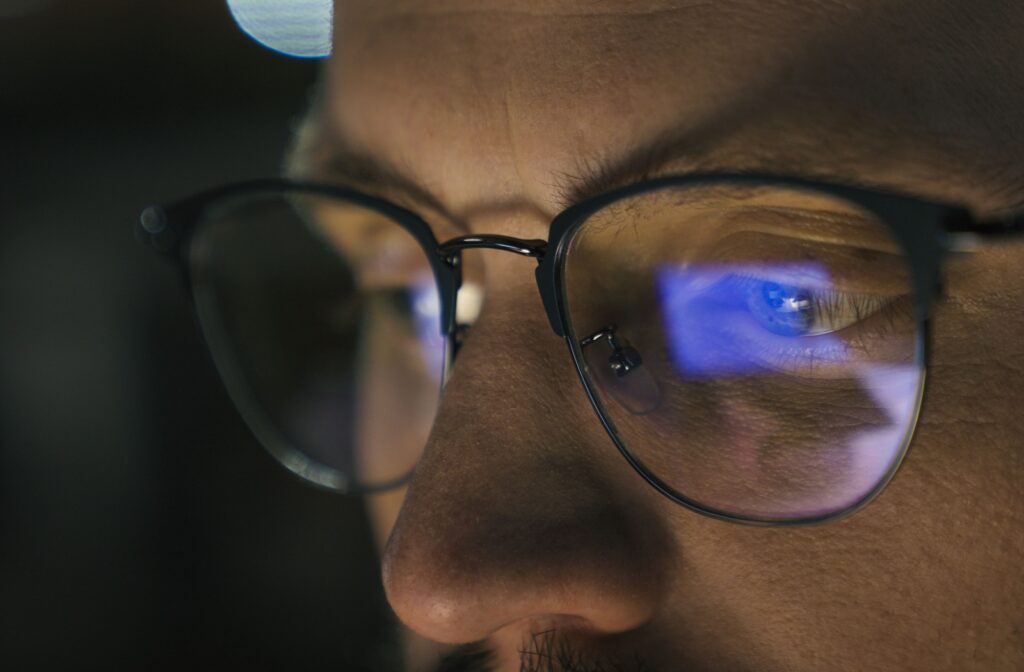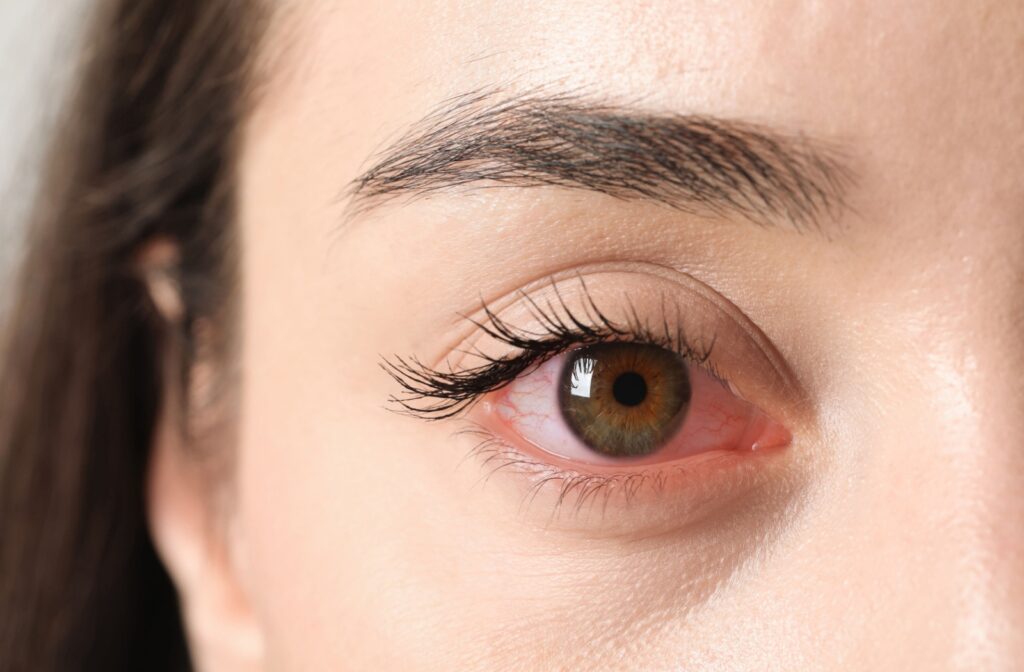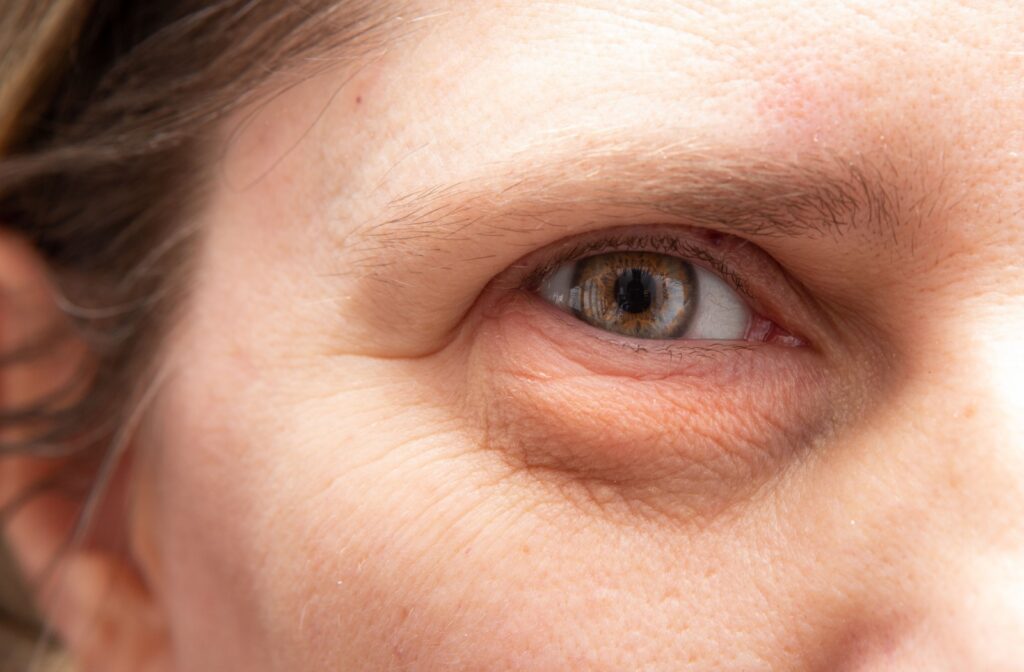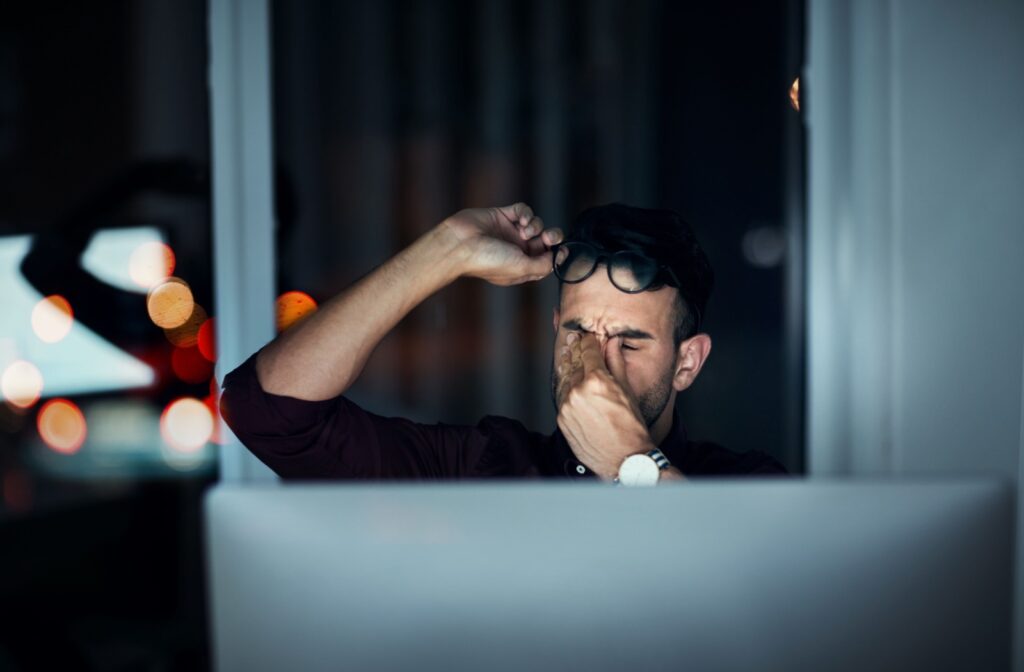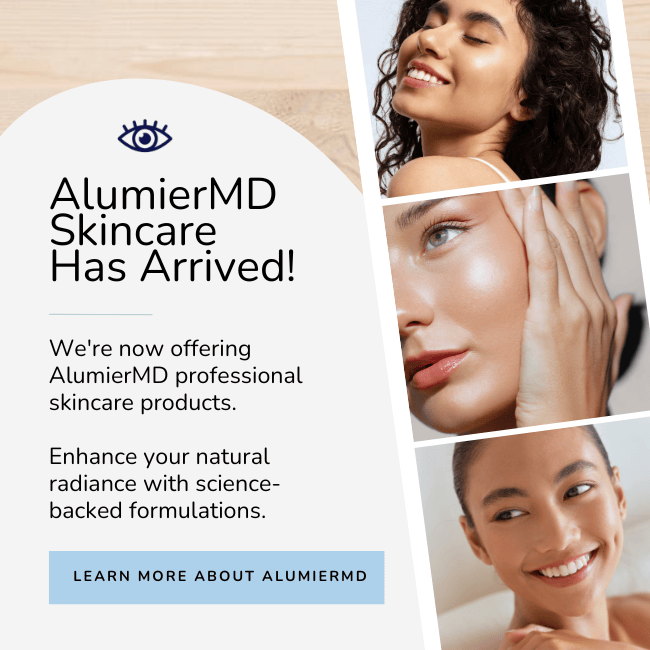When it comes to vision correction, glasses and contact lenses might seem interchangeable, but their prescriptions aren’t. Glasses and contact lens prescriptions are not the same, and using one in place of the other won’t deliver the clarity or comfort you need. While both aim to correct your vision, they differ in how they’re measured, […]
Are Glasses & Contact Lens Prescription The Same?
